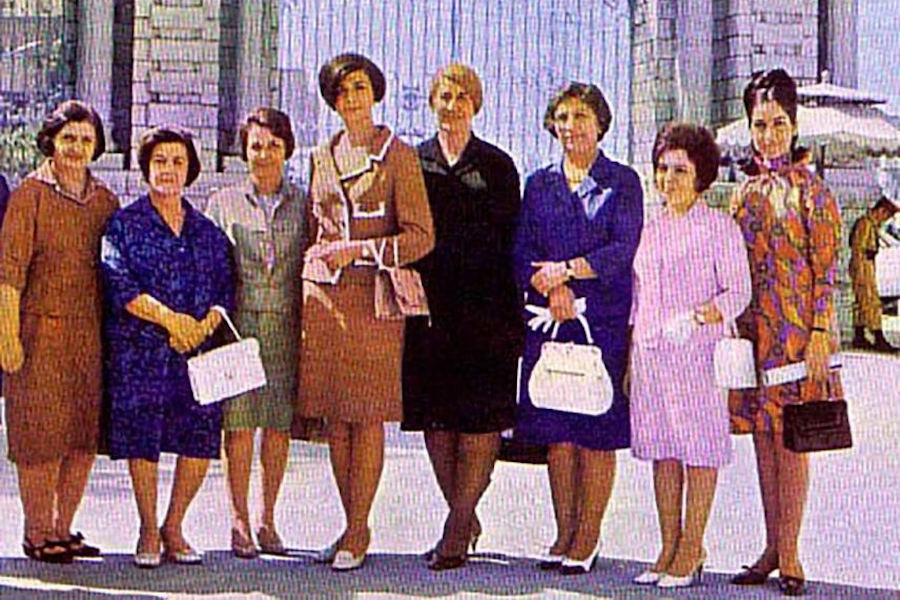
Before and After: Iran 1979
Before the Islamic Revolution took place in Iran in 1979, and Khomeini’s revolution transformed every aspect of Iranian society, Iran was a very different world.
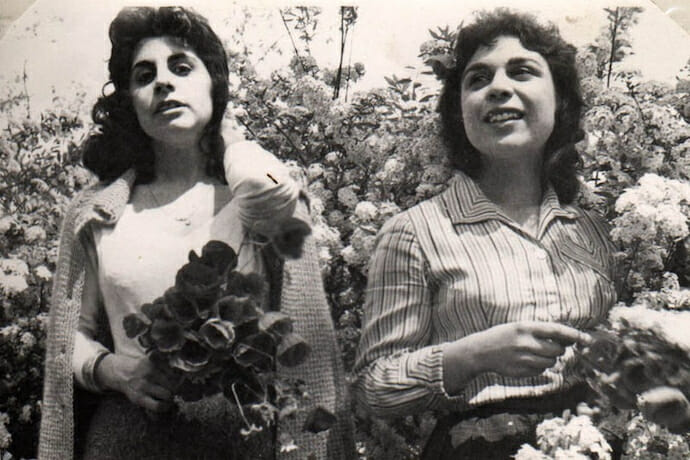
It was also a world that was looking brighter for women. And, as everyone knows, when things get better for women, things get better for everyone.
After the Islamic Revolution in 1979, when Ayatollah Khomeini deposed the Shah of Iran, 70-years of advancements in Iranian women’s rights were rolled back virtually overnight.
Though things have been gradually getting better for women in Iran in the forty years since the Islamic Revolution, women’s rights in Iran still haven’t recovered even to the modest point they had reached prior to 1979.
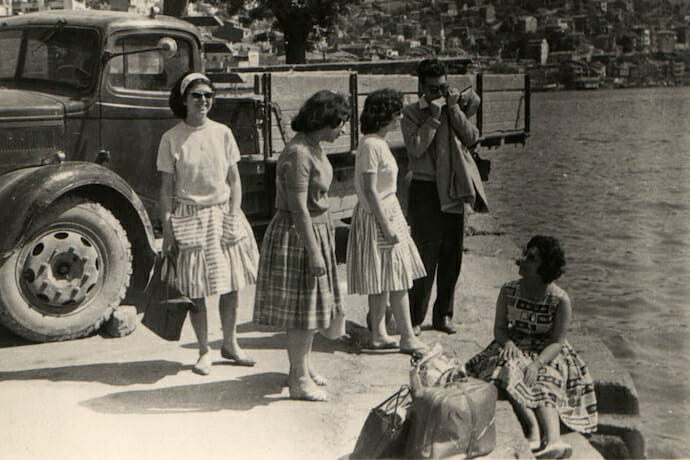
Life in Iran Before 1979
Before the Islamic Revolution changed the country so drastically, Iranian women were participating members of society and the culture at large.
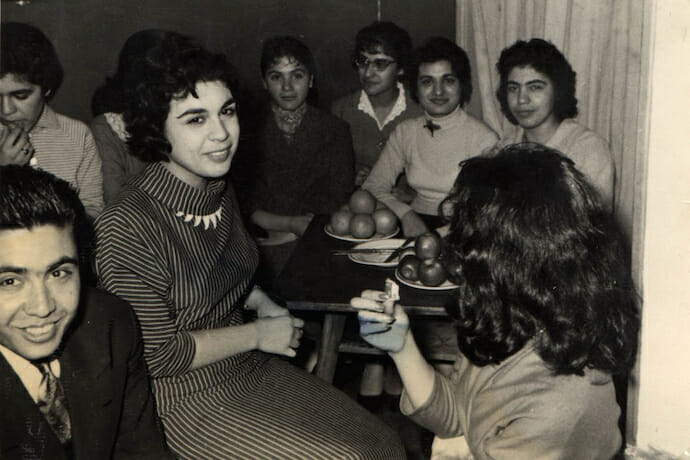
During the preceding reign of the Shah, Iran’s leadership seemed determined to modernize Iran and follow in the footsteps of modern Turkey. The Shaw wanted Iran that could compete with the West.
Women were encouraged to get an education. Women and men mixed freely, and educational opportunities for women were greatly expanded.
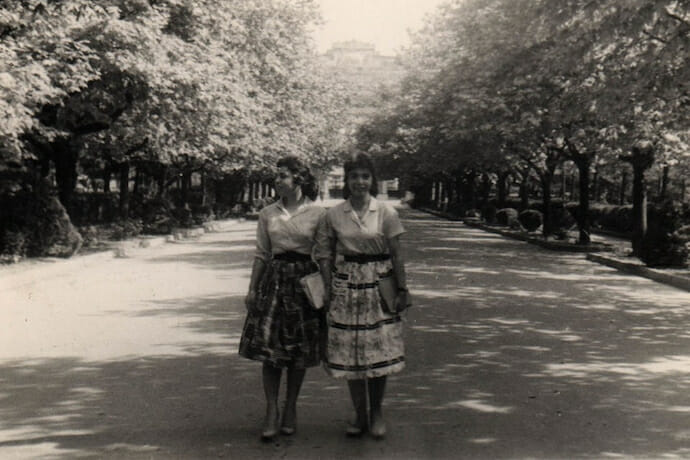
Iranian women gained suffrage.
Tenacious women’s rights organizations, like the Organization of Iranian Women, The Women’s Party, The Women’s Democratic Organization, and the Women’s Progressive Movement finally succeeded in their suffrage efforts when the Shah granted them the right to vote and be elected into parliament on February 26, 1963.
In the parliamentary elections held later that year, six women were elected, while two others were appointed to the Senate by the Shaw himself.
But in a chilling prelude of what was to come, opposition leader Ayatollah Khomeini, the future leader of Iran then rising to prominence, led protests against women’s suffrage and compared voting rights for women to prostitution.
Too Much, Too Fast
In his efforts to modernize, the Shah overreached; he outlawed the headscarf, or hijab, from being worn in public. Not only did the Shaw and his wife adopt Western dress, but he also insisted all government employees do the same.
Younger Iranians didn’t mind the hijab ban; older members of society had a much more difficult time assimilating. The oppression people felt led to the emergence of leaders who called for a return to traditional values and eventually led to the Revolution of 1979.
Life in Iran After 1979
“The government derives its legitimacy from God, and proper government requires a radical Islamic reconstruction of society.” – Khomeini, in a recorded sermon.
The deposing of the Shah and Khomeini’s rise to power as the new leader of Iran had far-reaching and immediate consequences for women.
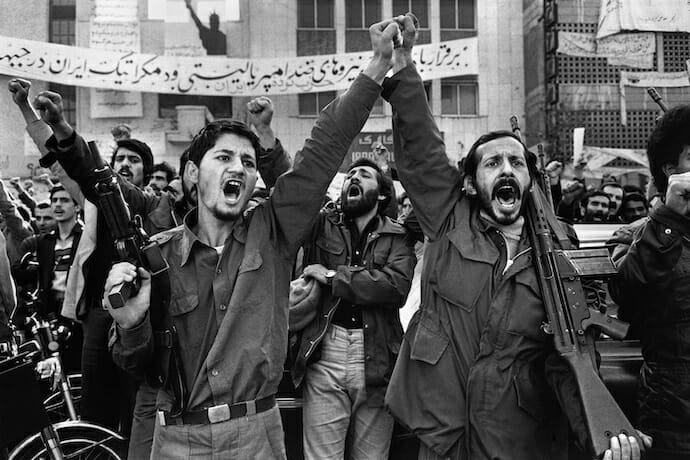
Declaring himself Allah’s own messenger, Ayatollah Khomeini’s vision for Iran was a return to conservative Islamic values and a purge of Western influences. This involved a radical reinterpretation of Islamic social guidelines and a regression to religious standards practiced over a thousand years ago.
The modest rights women had achieved under the Shaw were summarily revoked by Khomeini.
Professional women were fired in masse and encouraged to take up household duties, caring for children and husbands. Quickly, every aspect of female life was brought under strict government control.
No More Family Protection Laws
Almost immediately after the revolutionary government took over, family protection laws designed to give women legal recourse in family matters were summarily abolished.
New laws took their place:
- The legal marrying age of a woman was lowered to the age of nine, in accordance with Islamic Law.
- In 1981, the Islamic Law of Retribution was reinstated, allowing the crime of adultery to be punished by stoning to death.
- Ayatollah Khomeini stated that women’s honor needed to be preserved. For their own good, women appearing in public were to be accompanied by a male relative at all times and be able to provide proof of the relationship. Any contact with non-related men could result in legal punishment.
- Segregation of the sexes was imposed across all aspects of Iranian life. In public transportation, women were required by law to sit in the back of the bus as the front seats were reserved for male passengers only.
- A woman’s testimony was legally reduced to half that of a man’s.
- Family planning was cast by the new regime as a Western conspiracy to weaken Iran, and women lost all access to these vital health services.
- All nurseries were closed, decried as a Western conspiracy to “deprive children of motherly love and Islamic upbringing.”
Strictly Enforced Dress Code
New laws were passed banning Western clothing and requiring that women remain completely covered by a traditional Islamic hijab in public at all times. No hair could be visible; no open-toed shoes.
A special government agency was created to enforce the moral dress code; the Prevention of Vice and Enjoining of Virtue center dealt exclusively with women found to be in violation of the dress code in any way.
The military training of the revolutionary guards was expanded to include spotting imperfections in the dress code and policing women.
Even laughing too loudly or enthusiastically was considered immodest and could put an erring female in danger of legal punishment or worse.
The Empowered Iranian Woman
Iranian women didn’t go quietly.
Though many women had been critical of their rights under the Shaw, Iranian women in post-1979 felt shocked and betrayed.
Ayatollah Khomeini had encouraged women to take an active role in the revolution, leading them to expect expanded rights and equality with men. It was due in part to revolutionary women’s groups that Khomeini gained prominence.
Women were deeply disappointed. They opposed the repeal of the Family Protection Laws, the strictly enforced dress code, as well as the educational and vocational restrictions.
Women staged various protests during this tumultuous time. In one spontaneous uprising, Iranian women and men took to the streets en masse to protest the compulsory hijab and to call for the protection of achievements made in women’s rights.
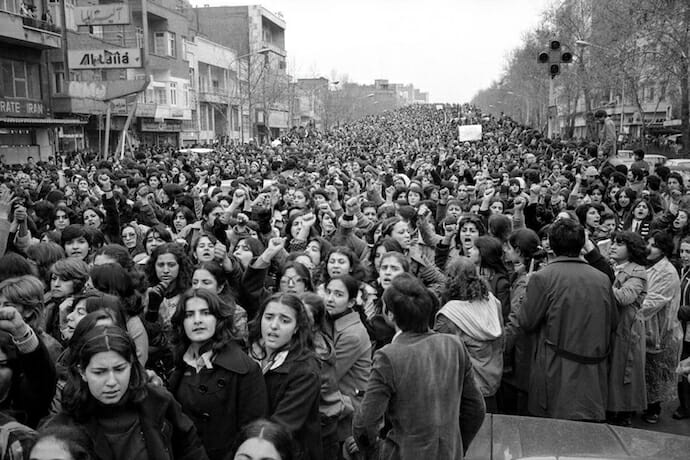
These protests were met with violent suppression by the newly installed government.
“The regime opposed all these demands and developed counter-strategies to divide the women’s movement and neutralize their struggle. Thereafter, the regime moved quickly to suppress the women’s movement, eliminate all women’s organizations, force women into the chador, segregate women in public places such as universities, schools, and government offices, and reduce women’s presence in public life by firing and retiring practices (nearly 24,000 women lost their jobs).” – Ali A. Mahdi, “The Iranian Women’s Movement: A Century Long Struggle.”
For over a decade, Ayatollah Khomeini destroyed every gain made by women’s rights workers in the previous 70-years. And then some.
Keeping Up With the Khomeinis
How is life different for women in modern-day Iran?
What would Iran look like today if the pro-Western policies of the Shaw had continued over the past 40-years?

